Something that has been occupying my mind frequently after visiting schools and interacting with students are the factors that contribute to the physical, mental and spiritual health of students. I believe part of the foundation for cultivating a balance of these elements is nutrition awareness and healthy eating habits. However, to address issues of health properly teachers must raise awareness and push for the funding required to eliminate poverty in schools. I have spoken with many students that are hungry in class and have not brought lunch to school, often without a breakfast or solid dinner the night before. I believe that free breakfast and lunch should be provided for all students to create better learning environments. Some students come from poverty, some are forgetful and some have body image issues; but making this a consistent available option for all students feels like a step in the right direction. Although there are some programs for students to access food free of charge, this requires work to access which some students and parents may feel uncomfortable navigating. Providing healthy nutrition for students will lead to increased engagement, focus and academic success for students.[1] It is essential to take care of this issue because learning is drastically compromised by lack of healthy diets, if this issue is addressed properly it will result in better learning outcomes for students.
The BCTF website does address the impact of poverty on education, with the latest statistics on the website saying that 1 in 5 youth lives in poverty. The website sometimes focuses on “poverty reduction” plans which is a good first step. However, I believe this must be reframed to poverty elimination in schools instead of reduction as no youth should be at school hungry and malnourished. The BCTF has acknowledged on their website that breakfast and lunch programs are not adequate at schools. Forty percent of teachers surveyed also personally bring food for students. Teachers have spoken to the barriers for students to access programs or food, with a main one being that students and parents are not comfortable asking. Teachers found that attendance is drastically impacted by poverty and not having a stable living or housing situation. Teachers also found that students living in poverty are most likely to miss class or not complete assignments because they have to take care of younger siblings or have to work to help support their family.[2]
I feel that that poverty elimination and providing food for students must become more central in services provided by schools. To create caring, engaged and empathic learning environments this issue must be addressed. I am glad that there are some initial steps being taken by the BCTF but much more has to be done. I also hope that this issue is integrated more frequently into the education program at UVIC as it is something future educators will be engaging with and taking steps to remedy. I have attached some resources and information for people to engage with if they are interested
[1] “Health and Academic Achievement,” www.cdc.gov, last modified May 2014.
https://www.cdc.gov/healthyyouth/health_and_academics/pdf/health-academic-achievement.pdf
[2] “Child Poverty’s Impact on Education,” www.bctf.ca, last modified August 2017.
References/Resources
“Child Poverty’s Impact on Education.” www.bctf.ca.
Last modified August 2017.
https://bctf.ca/publications/BriefSection.aspx?id=46882
“Health and Academic Achievement.” www.cdc.gov.
Last modified May 2014.
https://www.cdc.gov/healthyyouth/health_and_academics/pdf/health-academic-achievement.pdf
https://www.cdc.gov/healthyyouth/health_and_academics/pdf/health-academic-achievement.pdf
http://bcpovertyreduction.ca/learn-more/school-resources/
https://www.bctf.ca/povertyresearch.aspx
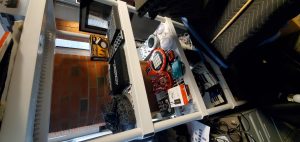


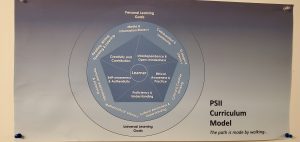
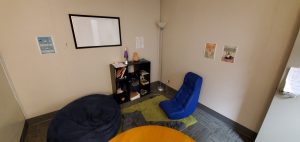
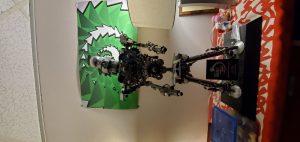

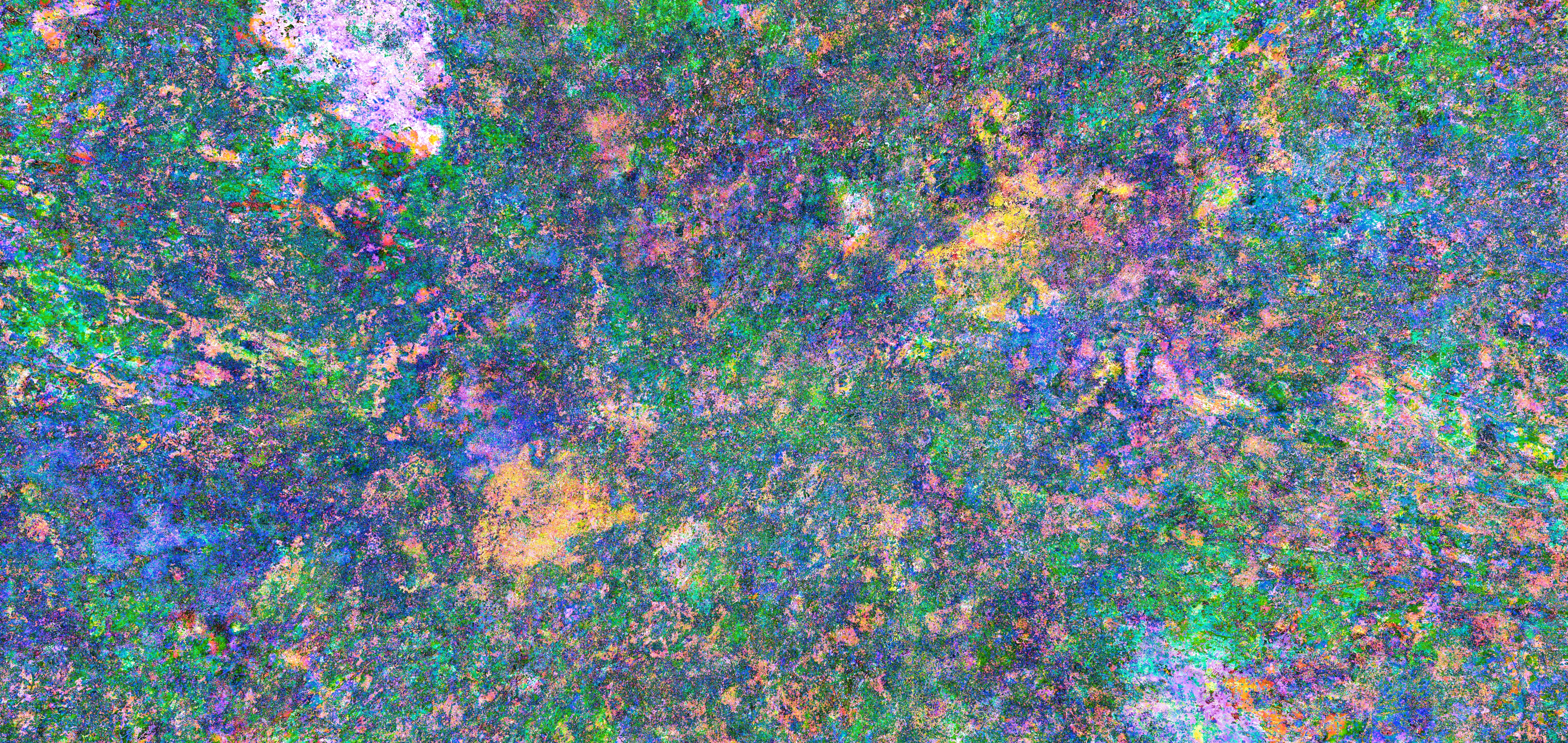





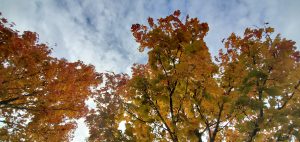




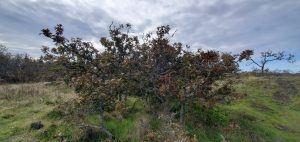
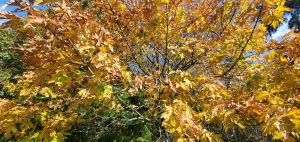












Recent Comments